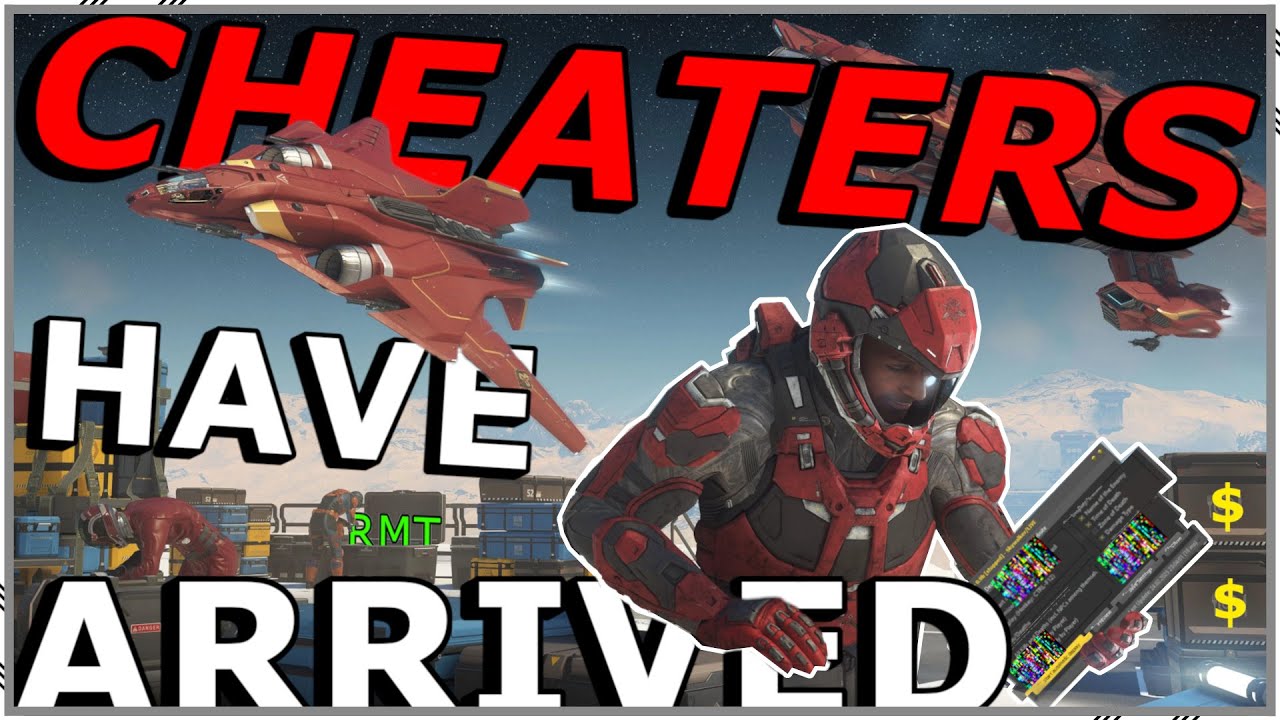The video explains that Star Citizen’s cheating problem is a current and growing issue fueled by the game’s design, high-stakes gameplay, and a community culture that often tolerates exploits, making it especially vulnerable to subtle and hard-to-detect cheating. It argues that completely eliminating cheating is unrealistic, so developers should focus on minimizing cheaters’ impact while fostering awareness and discussion to preserve the game’s integrity and appeal.
The video discusses the growing cheating problem in Star Citizen, emphasizing that it is not a distant threat but a current and escalating issue. Unlike typical drama or investigative videos, this one focuses on the game’s design and culture that make it particularly attractive to cheaters. Star Citizen has already developed a culture where cheating and exploiting game mechanics are common and often tolerated. Players have been duping items, glitching through walls, abusing broken mechanics, and using third-party tools like ReShade for unfair advantages, such as night vision. The irony of the developers enforcing certain rules while allowing tools like ReShade highlights the inconsistencies in the game’s approach to fair play.
The video highlights how Star Citizen’s gameplay and community dynamics make it a prime target for cheaters. The game’s nature as an FPS and the high stakes involved, including real money value attached to in-game assets, create strong incentives for cheating. Comparisons are drawn to other popular FPS games like Escape from Tarkov and Rust, which also suffer from rampant cheating due to their high-risk, high-reward gameplay. The potential for massive profits through real-money trading (RMT) of ships and resources stolen or acquired via cheats makes Star Citizen even more vulnerable. Additionally, the game’s community, known for its vocal and sometimes toxic behavior, provides a fertile ground for griefers who might use cheats to harass other players.
A critical issue raised is the subtlety of cheating in Star Citizen. While obvious “rage hackers” exist, the real threat comes from cheaters who use minor tweaks to gain advantages that blend into the game’s existing bugs and performance issues. The game’s lag, server problems, and lack of clear kill notifications make it difficult to detect and report cheaters. This creates a smoke screen where suspicious behavior is often dismissed as technical issues or alpha-stage bugs, allowing cheaters to operate with minimal risk of being caught. The rarity of PvP encounters outside specific modes further complicates identifying and addressing cheating.
The video stresses that completely eradicating cheating is unrealistic, especially given the sophistication of cheat developers who often also create commercial malware. The best path forward for Star Citizen’s developers is to design the game assuming cheating will happen and to minimize the impact cheaters can have on honest players. High-stakes gameplay inherently attracts more cheaters, as seen in other games where competitive or ranked modes become hotbeds for cheating while casual modes remain cleaner. This creates a problematic dynamic where honest players avoid high-risk zones, potentially turning Star Citizen’s contested areas into cheater-infested wastelands — a scenario that would damage the game’s appeal and longevity.
In conclusion, the video warns that Star Citizen’s cheating problem is deeply rooted in both the game’s design and its community culture. Despite technical improvements like server meshing, the underlying issues tied to the game’s old engine and the nature of its gameplay remain significant challenges. The only viable solution is to build systems that reduce the damage caused by cheaters rather than expecting to eliminate cheating entirely. The video ends on a hopeful note, encouraging discussion and awareness while acknowledging the complexities involved in tackling cheating in such a high-stakes, ambitious game.
